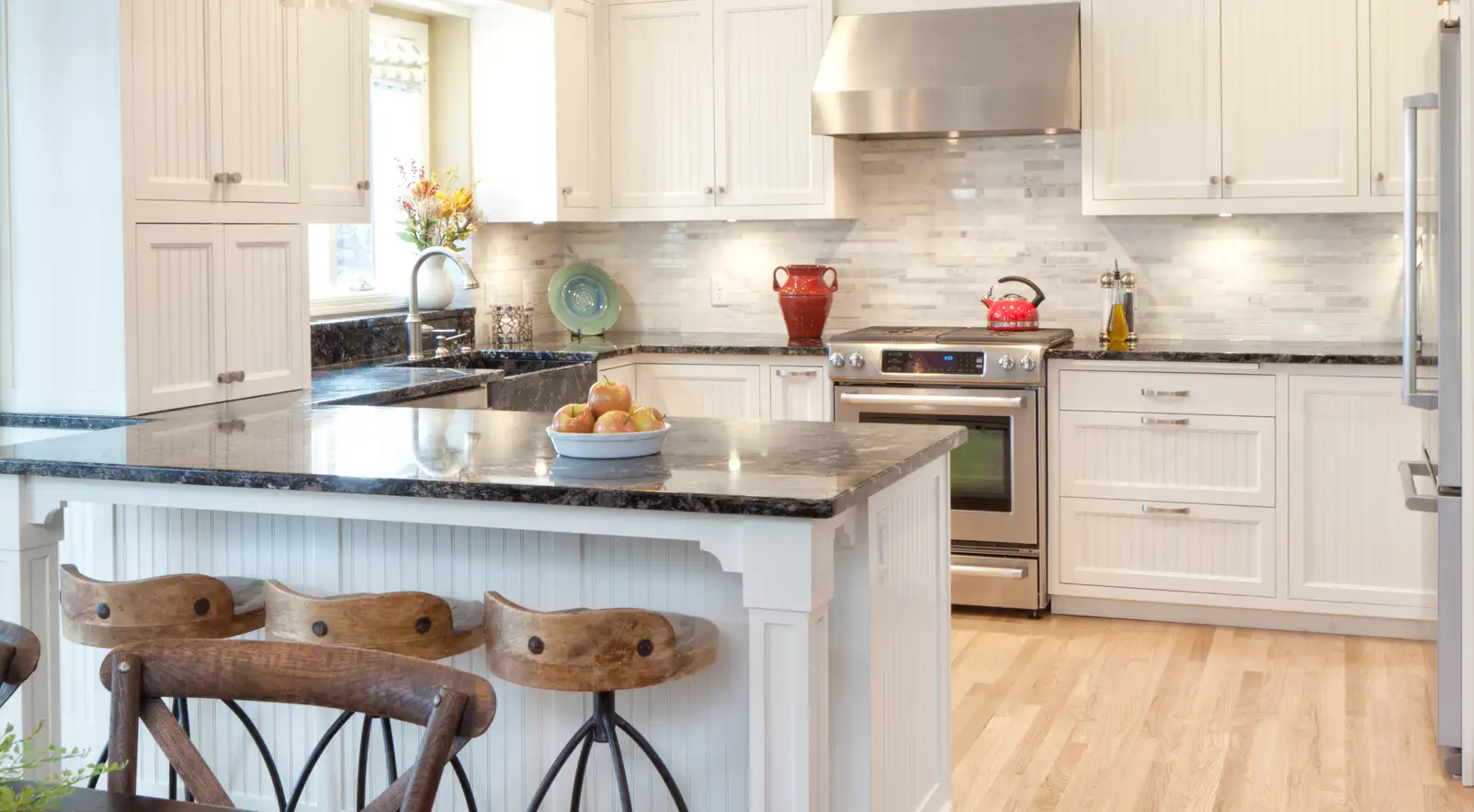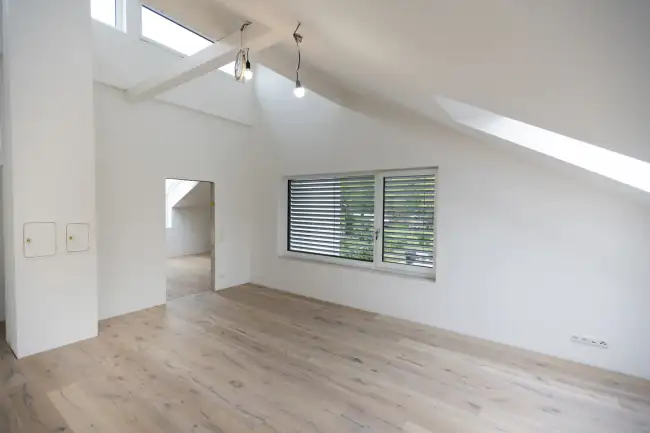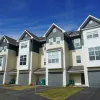10 Often-Overlooked Features To Consider When House Shopping

When you’re shopping for a house, you have a bedroom, bathroom, and square footage number you’re trying to hit. Many buyers have requirements for the location and yard size.
But what about the items that you wish you would have looked for but didn’t know you needed when buying your first home?
Here are often-overlooked features that many people regret not adding to their must-have list.
1. A Great Layout for Entertaining
A home with an open kitchen layout is a necessity if you like to entertain more than a few people.
Ideally, the kitchen opens up to a dining room, living room, or other open space. An island should be the only barrier between the kitchen and additional square footage.
During get-togethers, people tend to gather in the kitchen area. But when it gets too full, they need more room to mingle. There should be a natural way to move to nearby areas without being cut off by a kitchen wall.
Be especially aware of “galley kitchens” which are more like hallways.

2. Extra Room for Future Children or Pets
It costs about 9% to 10% of a home’s entire value to sell when you add up agent commissions, excise taxes, and more.
It pays to find a home you can grow into instead of one that you need to sell in five years.
For example, you find a great three-bedroom home. You don’t need four bedrooms now, and homes this size cost substantially more. But examine the cost of buying the three-bedroom, selling, and buying a four-bedroom in the future.
Selling a $400,000 home would cost $40,000 or more.
The same principle applies to yards and garage space. Consider purchasing the space you may need in five or ten years and save the cost of home churn.
3. Features for Aging Parents
Even if your parents are in good health, it can quickly deteriorate. You may need to provide housing for aging parents in the next 10 to 15 years, though it seems far off.
Consider buying a one-level home – or a home with all the necessities on the bottom floor – for parents who won’t be able to climb stairs. Look for homes with the potential to add a separate apartment or bedroom, an accessible bathroom, and a front-door ramp.

4. Accessory Dwelling Unit (ADU)
An accessory dwelling unit can provide all sorts of benefits, such as rental income, short- or long-term housing for family, or just a place to get away.
But homes with ADUs are hard to find and get snatched up quickly.
Instead, find a home with enough yard space to add a detached or attached ADU. Another solution is a home with a basement or attic that could be finished, including adding a separate entrance.
5. Net-Zero Home Conversion and Solar Upgrade
Not all homes are conducive to net-zero conversion – where the home produces as much energy as it consumes. To find a home where you can reduce or eliminate energy consumption with solar panels, find a rectangular home with the long side facing south.
It also pays to find a home with energy-efficient electric appliances, new windows, and other upgrades already completed.

6. Self-Sufficiency Features
You don’t have to be a “prepper” to want to get ready for natural disasters and emergency situations. Even if the worst doesn’t happen, many people like a more self-sufficient lifestyle.
If this is you, find a home where you can add a garden, chicken coop, greenhouse, or other amenities for raising your own food.
Does the home have an existing fireplace or floor space where you can add a woodstove? Also, make sure the yard is large enough for a decent-sized wood shed.
If you’re really serious, find a home where you can add a safe room and canned food storage.

7. Beware of HOAs
Homeowners associations (HOAs) can limit how you can use your home. For example, building an ADU or adding a greenhouse may not be possible.
HOA rules can change over time. If there’s a slight chance you’ll do anything out of the ordinary with the property over the next 10 to 15 years, consider avoiding HOAs altogether.
8. Space for a Home Gym
Whether it’s a basement, garage, or spare room, don’t underestimate the eventual need for a home gym.
They are expensive to set up, but pay for themselves when you save $25 to $100 per month. Another advantage: no commute to the gym.
9. Storage
Even the best organizers will eventually run out of space in a home with no storage options. Look for homes with under-the-stairs closets, attics, or space in the yard for a shed.
It could be worth paying $100 more per month for your mortgage than to pay it to a storage facility later.

10. Parking
You may not realize it yet, but your 10-year-old could be driving in six years. Find a home with adequate parking for children, parents, or boarders who will need space to park.
What’s On Your Wish List?
Lastly, think of the one or two amenities you’ve always imagined in your first home. Make sure the home can accommodate that wish someday, even if you need to add it later.
That could be a hot tub, home theatre, or swing set for the kids.
It’s expensive to move and buy again, so it’s worth holding out for the right home the first time.
Tim Lucas spent 11 years in the mortgage industry and now leverages that real-world knowledge to give consumers reliable, actionable advice. Tim has been featured in national publications such as Time, U.S. News, MSN, The Mortgage Reports, and more.




